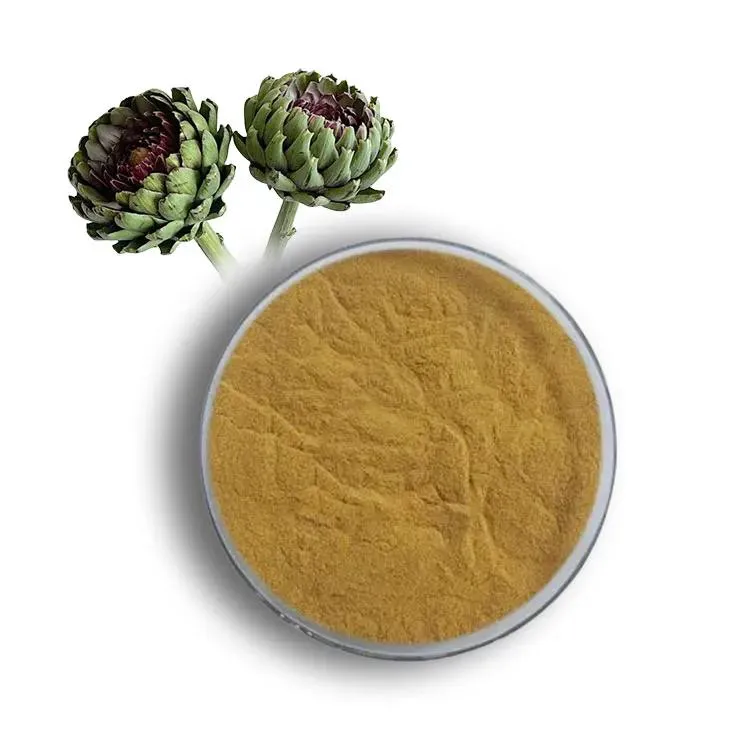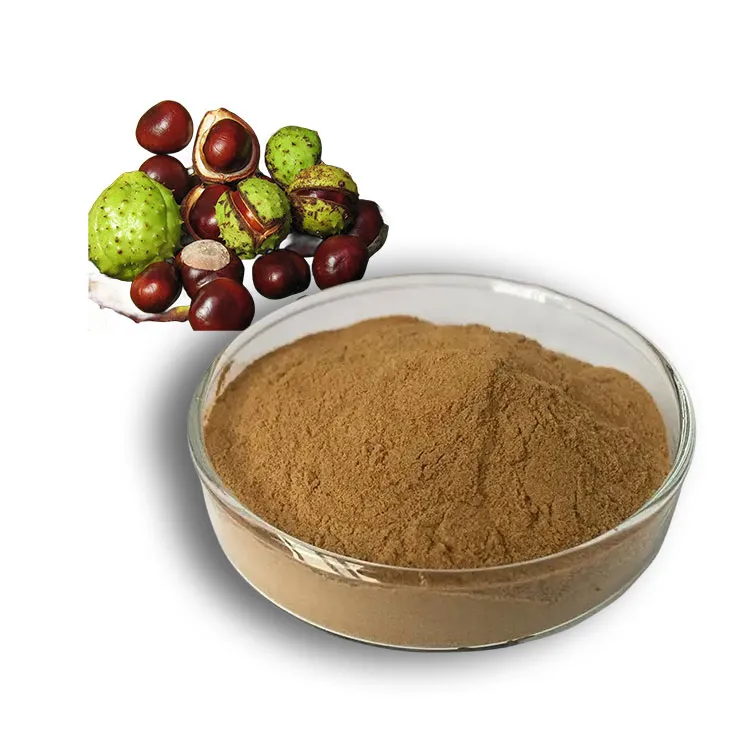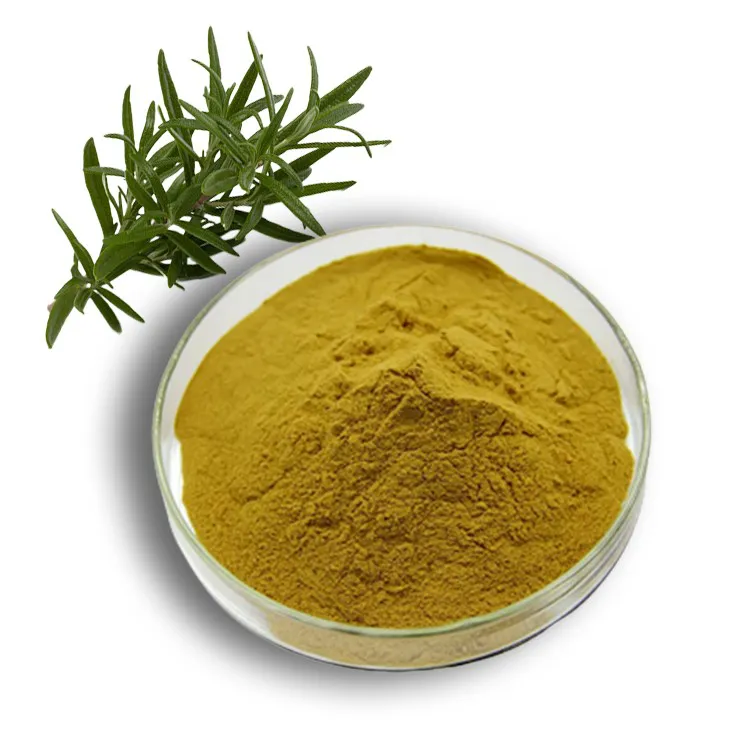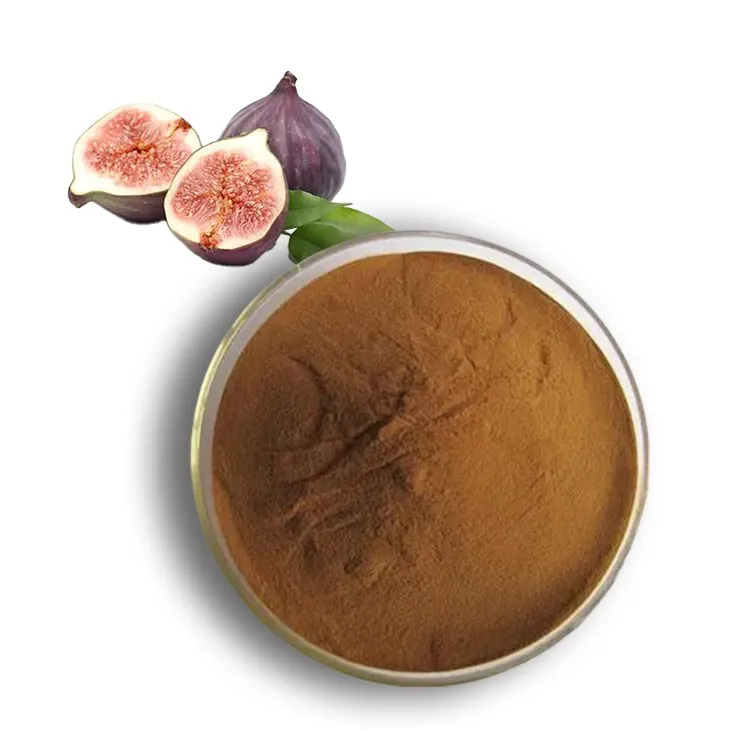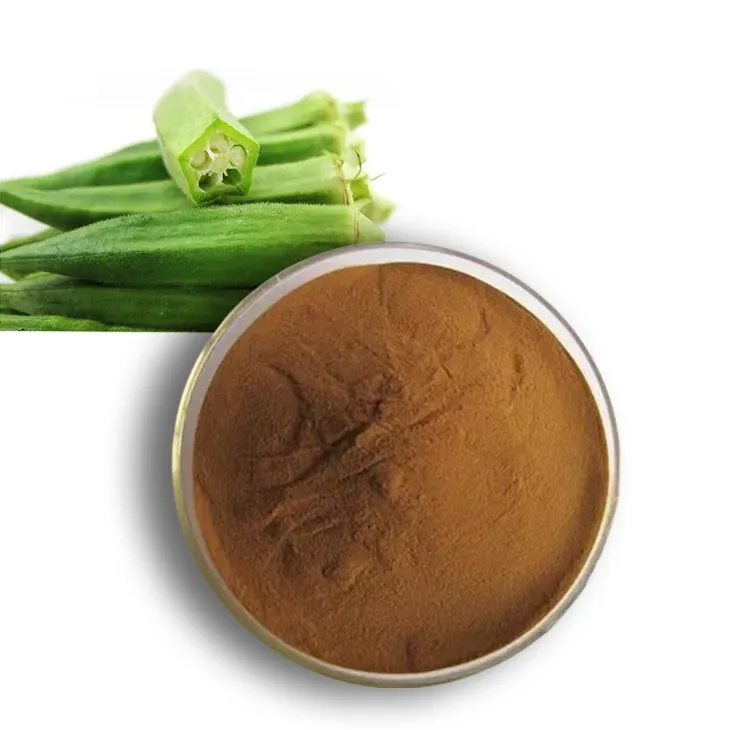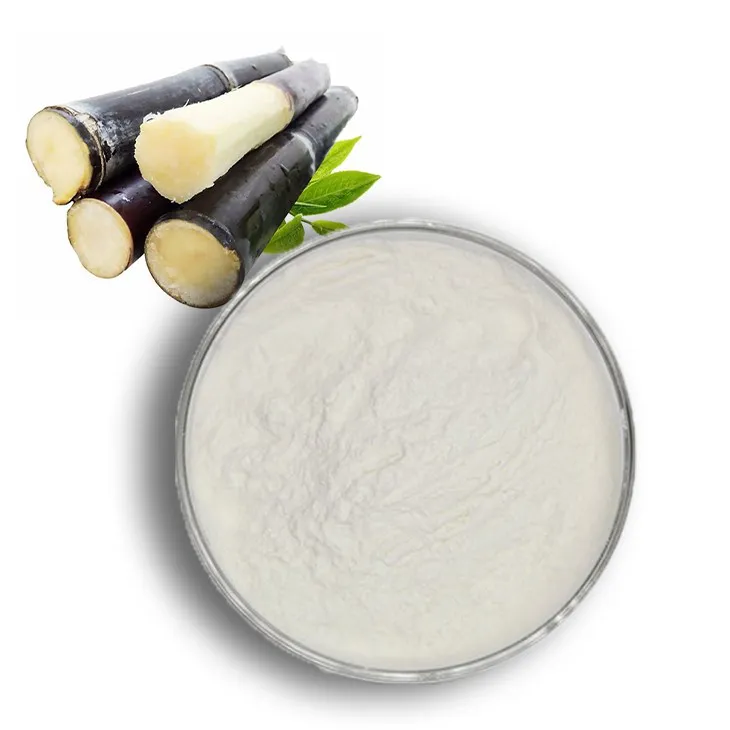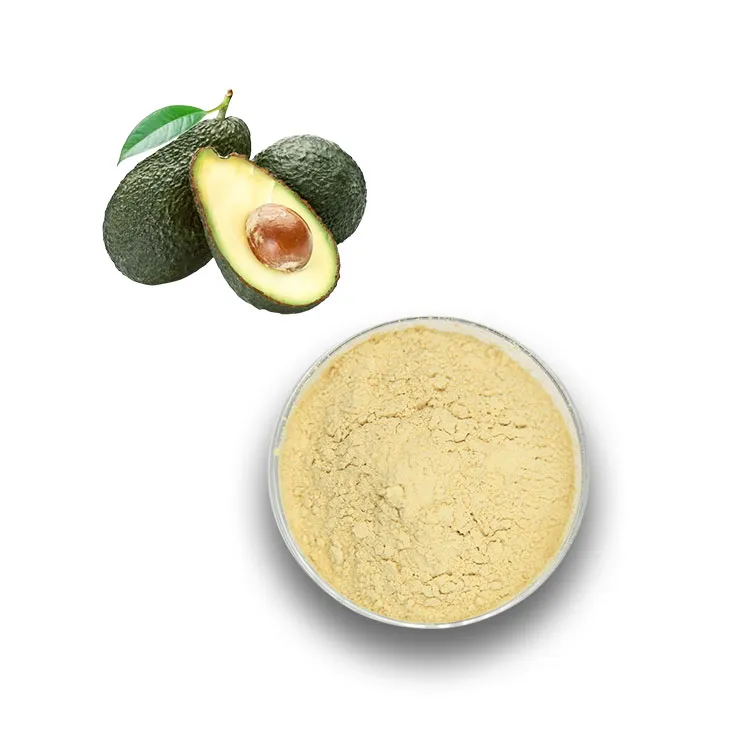- 0086-571-85302990
- sales@greenskybio.com
Lily Extract Products: Which Extraction Technologies Should Your Enterprise Invest in?
2024-12-10
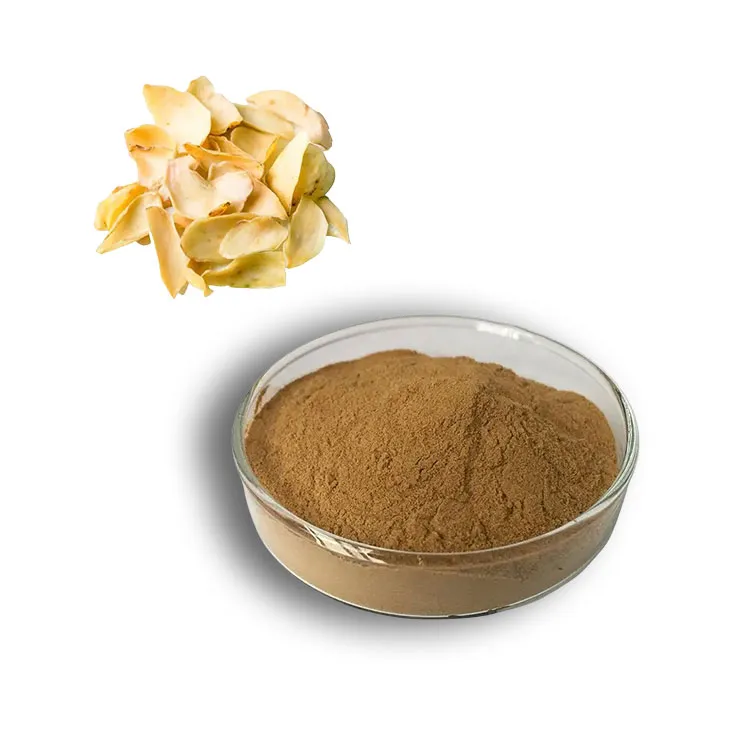
1. Introduction
The market for Lily extract products has been on an upward trajectory in recent years. Lilies are rich in a variety of bioactive components, such as polysaccharides, flavonoids, and alkaloids, which have potential applications in the fields of pharmaceuticals, cosmetics, and food supplements. As a result, more and more enterprises are showing an interest in entering this market. However, the success of Lily extract product development largely depends on the extraction technology used. In this article, we will explore several extraction techniques in detail to help enterprises make informed investment decisions.
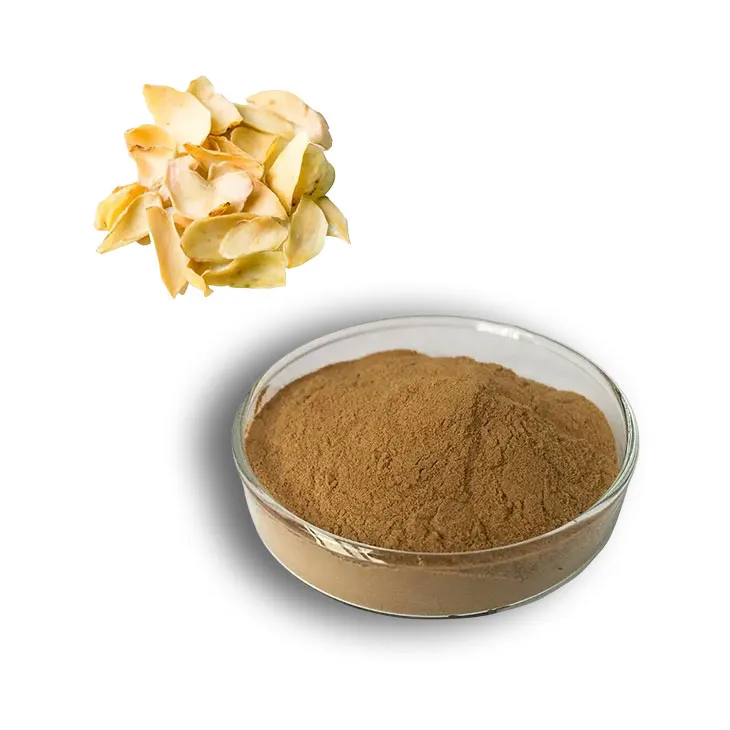
2. Pressurized Liquid Extraction
2.1 Principle and Process
Pressurized liquid extraction (PLE) is a relatively modern extraction technique. It operates under high pressure, typically in the range of 100 - 200 bar. The high pressure forces the solvent to penetrate deeper into the lily matrix, enhancing the mass transfer between the solvent and the bioactive components. This results in better extraction efficiency compared to traditional extraction methods.
The process involves placing the lily sample in an extraction cell, adding the appropriate solvent, and then applying high pressure. The extraction is usually carried out at an elevated temperature as well, which further improves the solubility of the bioactive components in the solvent. After a certain extraction time, the extract is collected and separated from the solid residue.
2.2 Advantages
- High extraction yield: The combination of high pressure and elevated temperature allows for a greater amount of bioactive components to be extracted from the lilies. For example, studies have shown that PLE can extract significantly more polysaccharides from lilies compared to traditional maceration methods.
- Shorter extraction time: Due to the enhanced mass transfer, the extraction process can be completed relatively quickly. This is beneficial for large - scale industrial production as it can increase the throughput of the extraction process.
- Less solvent consumption: The efficient extraction process means that less solvent is required to achieve the same extraction yield. This not only reduces the cost of the solvent but also has environmental benefits as it decreases the amount of solvent waste.
2.3 Disadvantages
- High equipment cost: The specialized equipment required for PLE, such as high - pressure pumps and extraction cells, is relatively expensive. This initial investment can be a significant barrier for small and medium - sized enterprises.
- Complex operation: The operation of PLE equipment requires trained personnel. The high - pressure and high - temperature conditions also pose certain safety risks, which need to be carefully managed.
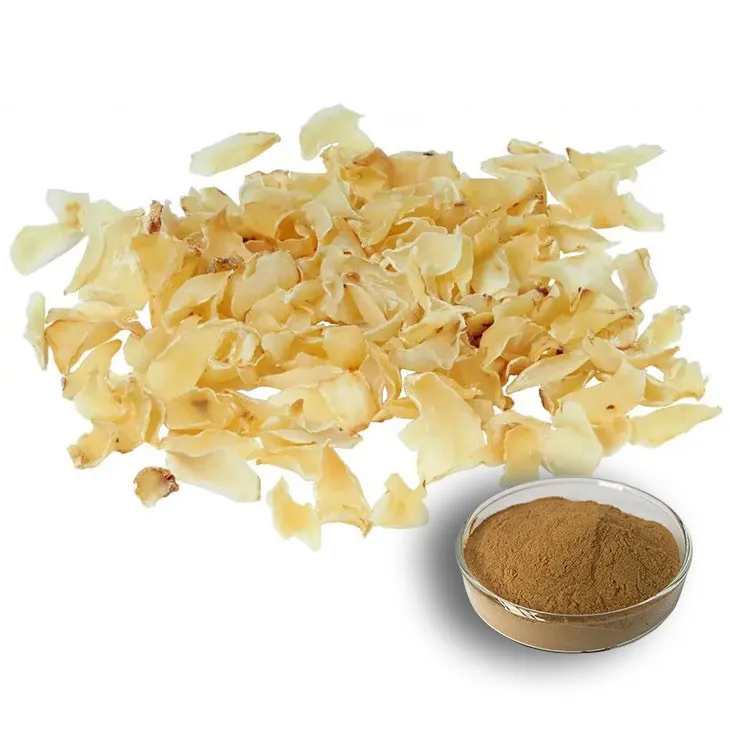
3. Maceration
3.1 Principle and Process
Maceration is one of the simplest extraction methods. It involves soaking the lily in a solvent for an extended period. The solvent gradually penetrates the lily tissues, dissolving the bioactive components. During this process, the lily sample and the solvent are usually kept in a closed container at room temperature or a slightly elevated temperature.
After a sufficient soaking time, which can range from several days to weeks, the extract is obtained by separating the liquid from the solid lily residue. This can be done through filtration or decantation.
3.2 Advantages
- Simple equipment: Maceration requires only basic equipment such as containers, stirrers (optional), and filtration devices. This makes it a cost - effective option for small - scale extraction, especially for enterprises with limited budgets.
- Low - tech operation: The process is relatively easy to understand and operate. It does not require highly trained personnel, and the risk of equipment failure or complex operational problems is low.
3.3 Disadvantages
- Long extraction time: As mentioned, maceration can take days or even weeks to complete. This long extraction time is not suitable for large - scale, high - throughput production requirements.
- Low extraction yield: Compared to more advanced extraction techniques like PLE, maceration generally extracts a smaller amount of bioactive components from the lilies. This is mainly due to the slow mass transfer rate in the soaking process.
- Possible degradation of components: During the long soaking period, there is a risk of degradation of some bioactive components, especially those that are sensitive to environmental factors such as temperature and oxygen.
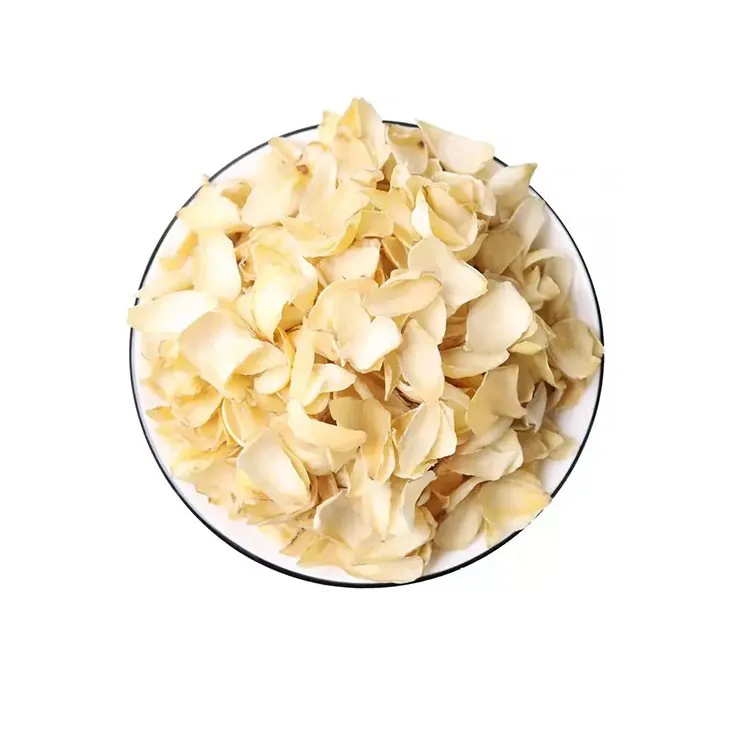
4. Percolation
4.1 Principle and Process
Percolation is a continuous extraction method. In this process, the solvent is continuously passed through the lily sample. The solvent enters the lily matrix from one end and percolates through, dissolving the bioactive components along the way, and then exits from the other end as the extract.
The lily sample is usually packed in a column - like device, and the solvent is pumped or allowed to flow through the sample under gravity. The extraction rate can be controlled by adjusting the flow rate of the solvent.
4.2 Advantages
- Continuous operation: The ability to operate continuously makes percolation suitable for large - scale industrial production. It can continuously produce the extract without the need for frequent batch - wise operations like in maceration.
- Moderate extraction yield: Percolation can achieve a relatively good extraction yield, especially when optimized for factors such as solvent type, flow rate, and lily sample preparation. It is often better than maceration in terms of extraction efficiency.
- Less component degradation: Since the extraction time for each portion of the lily sample is relatively short compared to maceration, there is less risk of component degradation during the percolation process.
4.3 Disadvantages
- Equipment complexity: Percolation requires a more complex setup compared to maceration. It needs a system for solvent pumping, flow control, and proper packing of the lily sample in the extraction column.
- Higher solvent consumption: In order to maintain continuous flow, more solvent may be required compared to maceration. This can increase the cost of the solvent and also pose challenges in terms of solvent recovery and waste management.

5. Factors to Consider for Enterprise Investment
5.1 Extraction Yield
The extraction yield is a crucial factor for enterprises. A higher extraction yield means more product can be obtained from the same amount of lily raw material. For example, if an enterprise aims to produce a large quantity of Lily extract for the pharmaceutical market, a technique like PLE with its high extraction yield may be more favorable. However, if the enterprise is mainly focused on small - scale production for a niche market, the relatively lower yield of maceration may be acceptable considering its cost - effectiveness.
5.2 Purity of the Extract
The purity of the extract is important, especially for applications in the pharmaceutical and high - end cosmetics industries. Different extraction techniques can result in different levels of purity. For instance, PLE may be able to extract bioactive components with higher purity due to its more efficient extraction process, which can better separate the target components from impurities. On the other hand, maceration may introduce more impurities during the long - term soaking process, which may require additional purification steps.
5.3 Economic Feasibility
Economic feasibility encompasses several aspects, including the initial investment in equipment, the cost of solvents, the cost of labor, and the overall production efficiency. Small - scale enterprises with limited capital may find maceration more economically feasible due to its low - cost equipment requirements. However, large - scale enterprises may be more willing to invest in more expensive but more efficient techniques like PLE or percolation in the long run, considering the potential for higher production volumes and better product quality.
5.4 Product Application
The intended application of the lily extract product also plays a role in determining the extraction technique. For example, if the extract is to be used in food supplements, a relatively simple and cost - effective method like maceration may be sufficient. However, for pharmaceutical applications where high - purity and consistent quality are required, more advanced techniques such as PLE may be necessary.
6. Conclusion
In conclusion, each of the extraction techniques - pressurized liquid extraction, maceration, and percolation - has its own advantages and disadvantages. Enterprises need to carefully consider factors such as extraction yield, purity of the extract, economic feasibility, and product application when deciding which extraction technology to invest in. For large - scale production with high - quality requirements, pressurized liquid extraction may be a good choice despite its high initial investment. Small - scale enterprises or those with budget constraints may opt for maceration for its simplicity and low - cost equipment. Percolation offers a middle - ground option for enterprises that require a continuous extraction process with a moderate extraction yield and economic viability.
FAQ:
What are the advantages of pressurized liquid extraction for lily extract products?
Pressurized liquid extraction has the advantage of operating under high pressure. This high - pressure environment enables better extraction of bioactive components from lilies. It can often extract more effectively compared to some other methods, potentially leading to a higher - quality lily extract product with a greater concentration of the desired components.
How does maceration work in lily extraction?
Maceration is a relatively simple method for lily extraction. In this process, lilies are soaked in a solvent for a long period. The solvent gradually penetrates the lily tissue, and over time, it dissolves and extracts the relevant components. However, it is a time - consuming process, which may be a drawback for large - scale production in terms of efficiency.
What are the benefits of percolation in lily extract production?
Percolation allows for continuous extraction in lily extract production. This means that the extraction process can be carried out without interruption, which can lead to a more efficient extraction process compared to some batch - type extraction methods. It can also potentially result in a more consistent quality of the extract.
How can enterprises evaluate the economic feasibility of different lily extraction techniques?
Enterprises can evaluate the economic feasibility of different lily extraction techniques in several ways. They need to consider the cost of equipment for each method, such as the cost of high - pressure equipment for pressurized liquid extraction. The cost of solvents and their consumption rate in methods like maceration and percolation also matters. Additionally, labor costs associated with the length of the extraction process, for example, the long - term monitoring required in maceration, should be taken into account. The overall productivity and the market value of the final lily extract product also play a role in determining economic feasibility.
Which extraction technique is most suitable for small - scale lily extract production?
For small - scale lily extract production, maceration might be a more suitable option in some cases. Although it is time - consuming, the equipment required for maceration is relatively simple and inexpensive. This makes it accessible for small - scale producers who may not have the resources to invest in more complex and expensive extraction methods like pressurized liquid extraction. However, if a higher - quality extract with better efficiency is desired even at a small scale, percolation could also be considered depending on the specific circumstances.
Related literature
- Advances in Lily Extract Production: A Review of Extraction Technologies"
- "Economic Considerations in Lily Extract Extraction Techniques"
- "The Science Behind Lily Bioactive Component Extraction"
- ▶ Hesperidin
- ▶ Citrus Bioflavonoids
- ▶ Plant Extract
- ▶ lycopene
- ▶ Diosmin
- ▶ Grape seed extract
- ▶ Sea buckthorn Juice Powder
- ▶ Fruit Juice Powder
- ▶ Hops Extract
- ▶ Artichoke Extract
- ▶ Mushroom extract
- ▶ Astaxanthin
- ▶ Green Tea Extract
- ▶ Curcumin
- ▶ Horse Chestnut Extract
- ▶ Other Product
- ▶ Boswellia Serrata Extract
- ▶ Resveratrol
- ▶ Marigold Extract
- ▶ Grape Leaf Extract
- ▶ New Product
- ▶ Aminolevulinic acid
- ▶ Cranberry Extract
- ▶ Red Yeast Rice
- ▶ Red Wine Extract
-
Artichoke Extract
2024-12-10
-
Horse Chestnut Extract
2024-12-10
-
Chia Seed Powder
2024-12-10
-
Rosemary extract
2024-12-10
-
Epimedium extract powder
2024-12-10
-
Fig Extract
2024-12-10
-
Okra Extract
2024-12-10
-
Sugarcane Extract
2024-12-10
-
Avocado Extract Powder
2024-12-10
-
Citrus Aurantium Extract
2024-12-10











